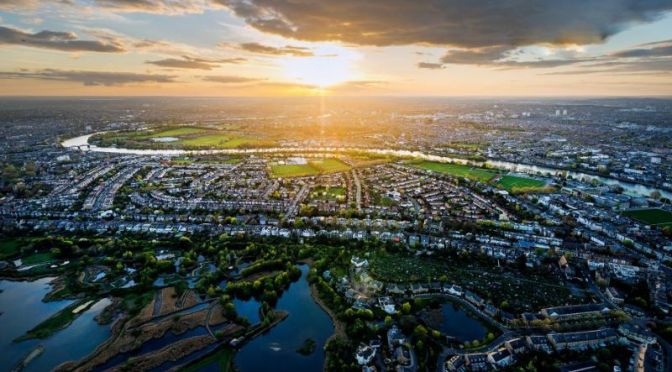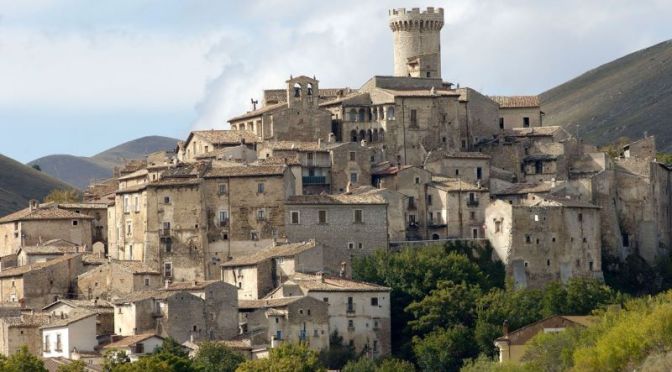Barnes played a role in everything from the invention of football to the execution of Mary, Queen of Scots. Carla Passino takes a closer look.

Until an army of 19th-century engineers descended on Barnes to build bridges and railways, this was a world apart, a rural idyll preserved intact by the Thames that bounds it on three sides.
Mentioned in the Domesday Book, the village had made history even earlier, when it was granted by King Æthelstan to the canons of St Paul in the 900s. The link between Barnes and St Paul’s persists more than 1,000 years on, as the Dean and Chapter owns one of the local gems: 122-acre Barnes Common.
Today, its woodland and acid grass-land are an oasis for hedgehogs, bats, butterflies and Nature-starved Londoners, but, for many centuries, they were home to grazing cattle. The livestock even became embroiled in a dispute between Barnes and neighbouring Putney in 1589, when ‘the men of Barnes refused to allow the men of Putney to use the Common and impounded their cattle,’ reports A History of the County of Surrey.






